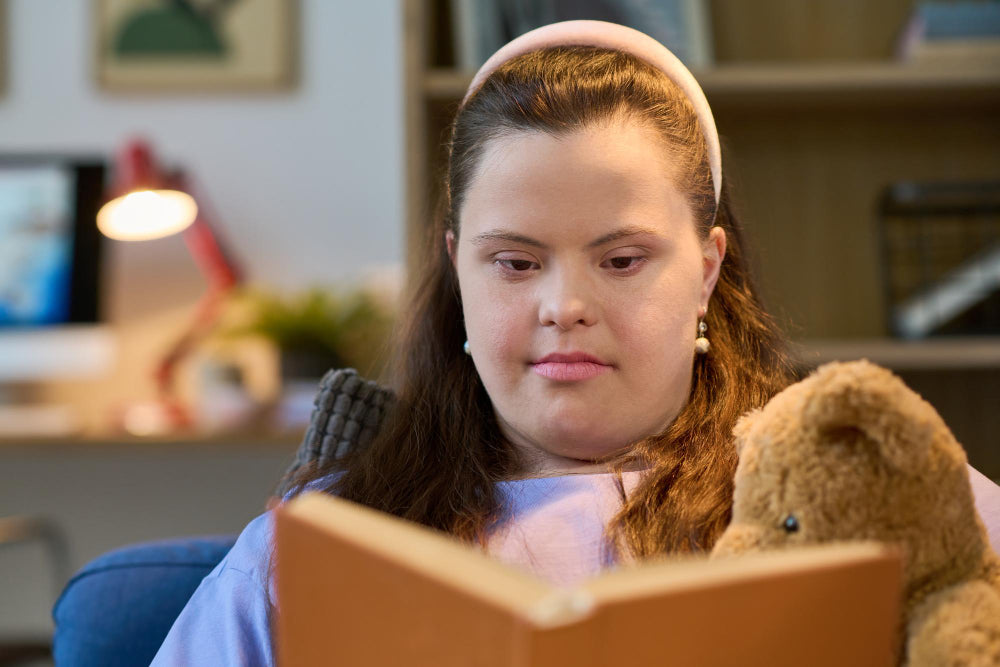When it comes to providing the best possible learning environment for students with intellectual disabilities, teachers must consider their individual strengths and weaknesses when crafting an effective phonics instruction strategy.
With the right mix of customized activities, visuals, multimedia and repetition, educators can ensure that these students not only make progress in their reading journey but also form meaningful connections with the material.
It is key to remember that each student’s needs are unique and therefore should be accounted for to ensure maximum engagement during instruction.
According to Barbara Mertzentein from her book "Teaching Reading and Writing specifically for Students with Intellectual Disabilities", “for a significant number of children, decoding would not develop as part of natural language development. Consequently direct instructional approaches must be used when teaching early literacy skills".
Utilizing assessments prior to instruction will provide guidance on how best to proceed with each student in order to increase their fluency and comprehension levels.
Visuals such as picture cards can help learners better process information while magnetic boards paired with sentence strips will assist them in understanding letter-sound correspondences more effectively.
Multimedia resources can also be beneficial as they aid in making connections between sounds and symbols easier thus increasing long-term retention of the material.
Additionally, consistent review activities throughout each lesson will help reinforce previously taught concepts as well as avoid confusing learners or bogging them down in too much new information at once.
Overall, creating a successful phonics instruction strategy tailored to students with an intellectual disability is essential for providing an appropriate learning environment that encourages progress and further development within literacy skills.
By accounting for individual needs during planning, incorporating visuals, supplementing lessons with multimedia sources and consistently reviewing previously discussed topics; teachers can foster meaningful relationships between their learner's abilities and building a strong foundation on which future successes may arise.



